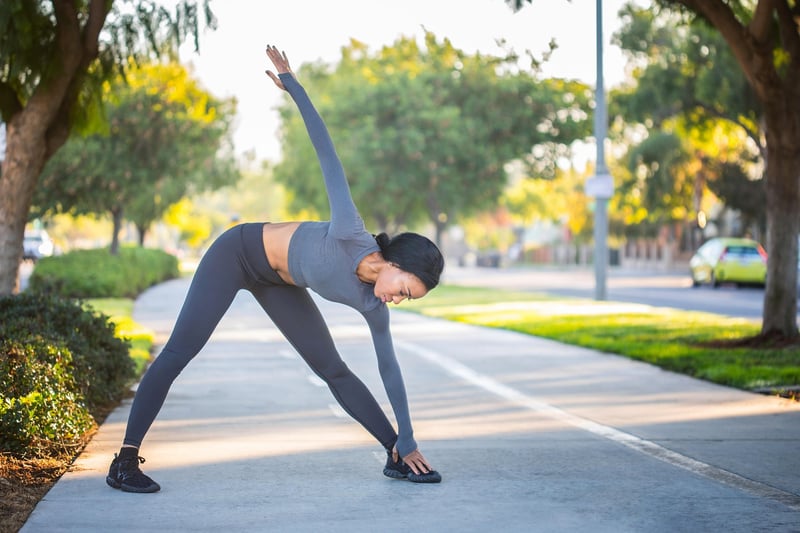Static Stretching
Improve Flexibility and Prevent Injury with Static Stretching

Flexibility plays a crucial role in overall fitness and well-being. It not only helps in performing daily activities with ease but also reduces the risk of injury during physical activities. One effective way to enhance flexibility and prevent injuries is through static stretching.
What is Static Stretching?
Static stretching involves stretching a muscle to its farthest point and holding that position for a certain period. This type of stretching helps improve flexibility by elongating the muscle and increasing its range of motion.
Benefits of Static Stretching
- Enhanced flexibility
- Improved range of motion
- Reduced muscle tension
- Improved posture
- Prevention of injuries
How to Perform Static Stretching
Static stretching should be done after a workout or when the muscles are warm. Hold each stretch for 15-30 seconds and repeat 2-3 times on each side. Remember to breathe deeply and never bounce while stretching to prevent injury.
Common Static Stretches
- Hamstring stretch
- Quadriceps stretch
- Calf stretch
- Shoulder stretch
- Triceps stretch

Make static stretching a part of your fitness routine to improve flexibility, prevent injuries, and enhance your overall well-being. Consult a fitness trainer or physiotherapist to learn the correct techniques and stretches for your specific needs.
Remember, consistency is key when it comes to reaping the benefits of static stretching. Start incorporating these stretches into your routine today and feel the difference in your flexibility and muscle health!
